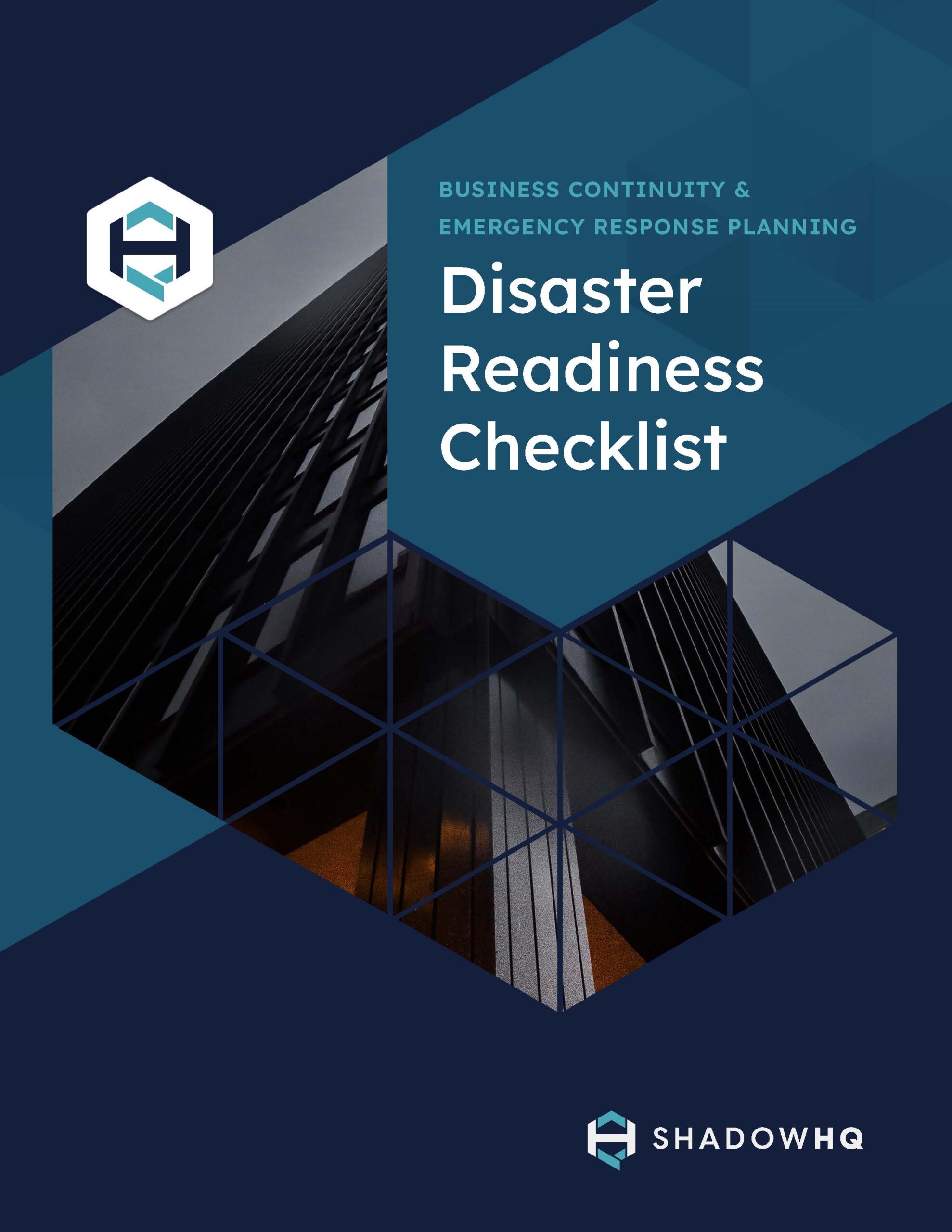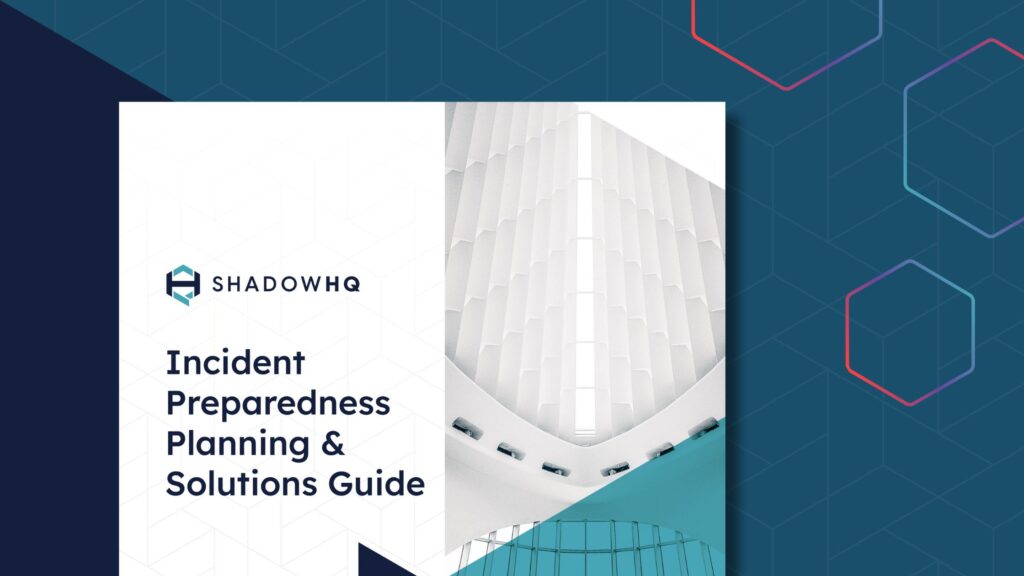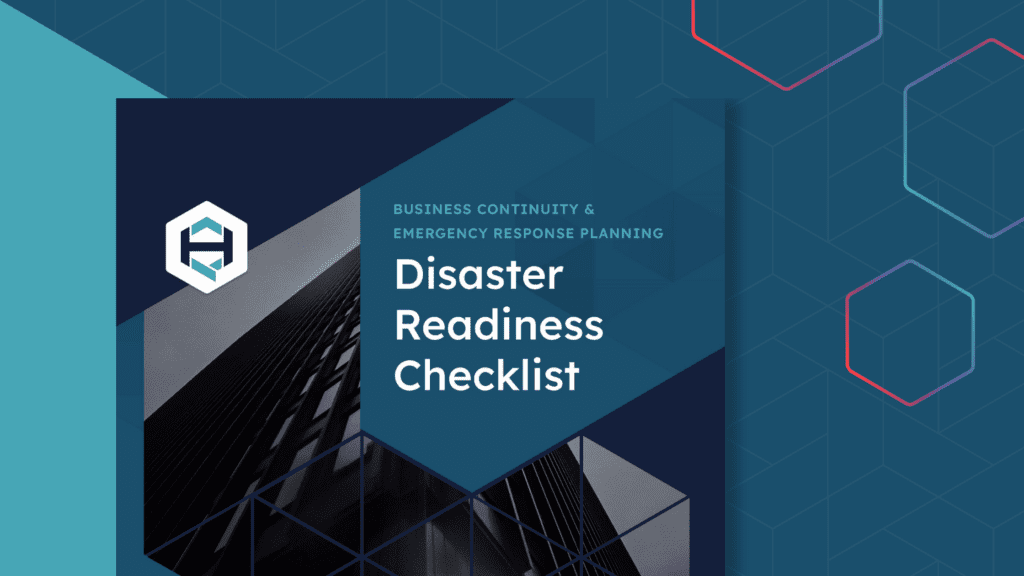5 Reasons Why Incident Preparedness is the Key to Resiliency Planning
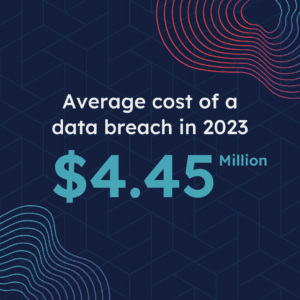
Resiliency planning is vital for organizations to manage threats like cyberattacks, natural disasters, and disruptions. Incident preparedness aims to make sure businesses can withstand, respond to, and recover from incidents with minimal impact to operations.
Every incident has a cost due to system downtime, outages, reputational damage, or legal fees. IBM’s recent report found the average cost of a data breach in 2023 was US$4.45 million, a 15% increase over the past three years. Being prepared ahead of time is critical to minimizing this cost.
Incident preparedness involves several strategies for quick detection, efficient management, and recovery from incidents. The goal of these efforts is to help leaders and their teams act swiftly, minimize incident impacts, and maintain business continuity.
Overall, incident preparedness forms the foundation for resilient organizations. Through a comprehensive approach including risk assessments, response strategies, and robust communication plans, organizations help fortify their defenses against a wide range of threats.
This foundational preparedness not only streamlines response efforts and ensures business continuity but also positions organizations to navigate the complexities of the modern threat landscape effectively.
So, let’s break down some of the most critical reasons why incident preparedness is necessary for resilience.
1. Minimize Response Time
Incident preparedness plans are critical in minimizing response time during a crisis and provide enterprises with a clear and actionable roadmap.
Plans detail specific procedures and responsibilities for responding to specific incidents, ensuring that all team members know what to do and who to contact. A quick, well-coordinated response is crucial in the first few hours during an incident, as a rapid response can minimize the impact of lost business, lost revenue as a consequence of delayed response.
For example, in the case of a cyberattack, a rapid response can mean the difference between a contained breach with limited data loss, or a widespread compromise of sensitive data. Fast identification and isolation of the affected systems can limit or stop the spread of malware or the siphoning of sensitive data.
Similarly, a fast evacuation or lockdown procedure can safeguard employees’ lives and physical assets in a natural disaster. By significantly reducing response time, incident preparedness plans directly minimize incidents’ effects.
2. Ensure Business Continuity
Ideal preparedness plans are carefully designed to include robust strategies for business continuity, ensuring that critical business functions can continue with minimal disruption, even in the face of unforeseen challenges.
These strategies can include a variety of measures, including the implementation of backup systems, redundant processes, and other alternative operational procedures that can be easily activated in an emergency.
For instance, data backup and alternative communication systems are crucial in preparedness plans, enabling data recovery and uninterrupted business activities even during crises. The purpose of these strategies is to protect an organization’s financial stability, market standing, and boost confidence among stakeholders by showcasing resilience.
Adopting the right continuity measures into preparedness plans allows organizations to recover faster from incidents, ensuring faster operational resumption and sustained long-term success.
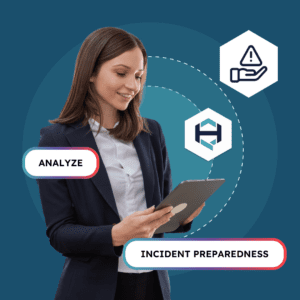
3. Improve Stakeholder Confidence
By developing and implementing robust preparedness plans, an organization showcases to its stakeholders — including employees, customers, and partners — that it takes risk management seriously. Taking a proactive approach to identifying and mitigating potential threats reassures stakeholders of the organization’s commitment to protecting its operations, assets, and their interests.
The role of transparent communication during crises cannot be overstated. Effective communication plans ensure that stakeholders are informed about the situation, the measures to address it, and how it affects them.
Transparency is key to preserving trust and confidence, as it shows the organization’s ability to handle crises effectively. Together, these strategies reinforce stakeholder confidence and bolster the organization’s reputation for resilience and reliability in the face of adversity. You’ll also avoid reputation and brand damage that can take a significant amount of time and effort to recover from.
4. Facilitate Compliance and Reduce Legal Risks
Some laws and standards require timely breach notifications and the protection of sensitive data. Preparedness plans should be designed to align with these regulations, helping organizations avoid non-compliance penalties. By baking in legal requirements into response planning, organizations can rapidly notify regulatory bodies and affected individuals, a key compliance step in many jurisdictions.
Preparedness significantly reduces the risk of legal repercussions by demonstrating due diligence in incident handling, which can be crucial during audits or legal assessments.
Additionally, documented evidence of a proactive, compliant response not only minimizes or eliminates potential fines, but also strengthens the organization’s reputation for ethical practices and responsible management. This approach addresses immediate compliance concerns and fosters long-term trust and credibility with regulators, partners, and the public.
5. Enable Effective Resource Allocation
Incident preparedness involves allocating financial, human, and technological resources, ensuring organizations can respond to incidents effectively.
Businesses can earmark funds specifically for crisis management, which may include recruiting and training specialized response teams, and investing in critical technology solutions. Proactive resource allocation means that when an incident occurs, the necessary tools and teams are already in place, streamlining the response process and minimizing the impact on operations.
Having specialized response teams and advanced technology solutions ready beforehand makes all the difference in minimizing the impact of an incident. These teams can act quickly and efficiently to reduce downtime and mitigate potential damage.
Similarly, technology solutions like automated security systems, secure backup communications, and advanced monitoring tools are crucial in detecting and containing threats early.
Investing in advance forms a critical part of an organization’s strategy to navigate and recover from incidents with minimal disruption.
Team Up With ShadowHQ to Stay Prepared and Achieve Resiliency
It’s now critical to review, refine, and reinforce your incident preparedness plans today and secure your organization’s resilience for tomorrow. Preparedness is not just about having a plan; it’s about having the right resources, including financial, human, and technological resources, available and ready to respond.
You’ll be able to demonstrate peperadness to the board, stakeholders, and showcase business continuity efforts. You’ll be able to show tangible efforts to both regulators and shareholders, while also ensuring the right capabilities are in place.
Organizations are encouraged to create and refine comprehensive incident preparedness strategies, recognizing that in today’s fast-paced and interconnected world. The question is not if an incident will occur — but when.
ShadowHQ equips you with the tools to ensure communication, task management, and collaboration to respond to incidents quickly and effectively.
How prepared is your organization? Will you be ready to respond to a variety of incidents or be left finding solutions on the fly? We’ve put together this
Ready to arm your teams with the right tools to ensure resilience? Book a demo today to learn more about how ShadowHQ can become a cornerstone of your incident preparedness processes to help minimize financial impact and maximize business uptime.
EWEBINAR
Experience the ShadowHQ platform
Walk through a cyber breach scenario in a 15 minute demo.


GUIDE DOWNLOAD
Disaster Readiness Checklist
When an emergency happens, every minute counts.
